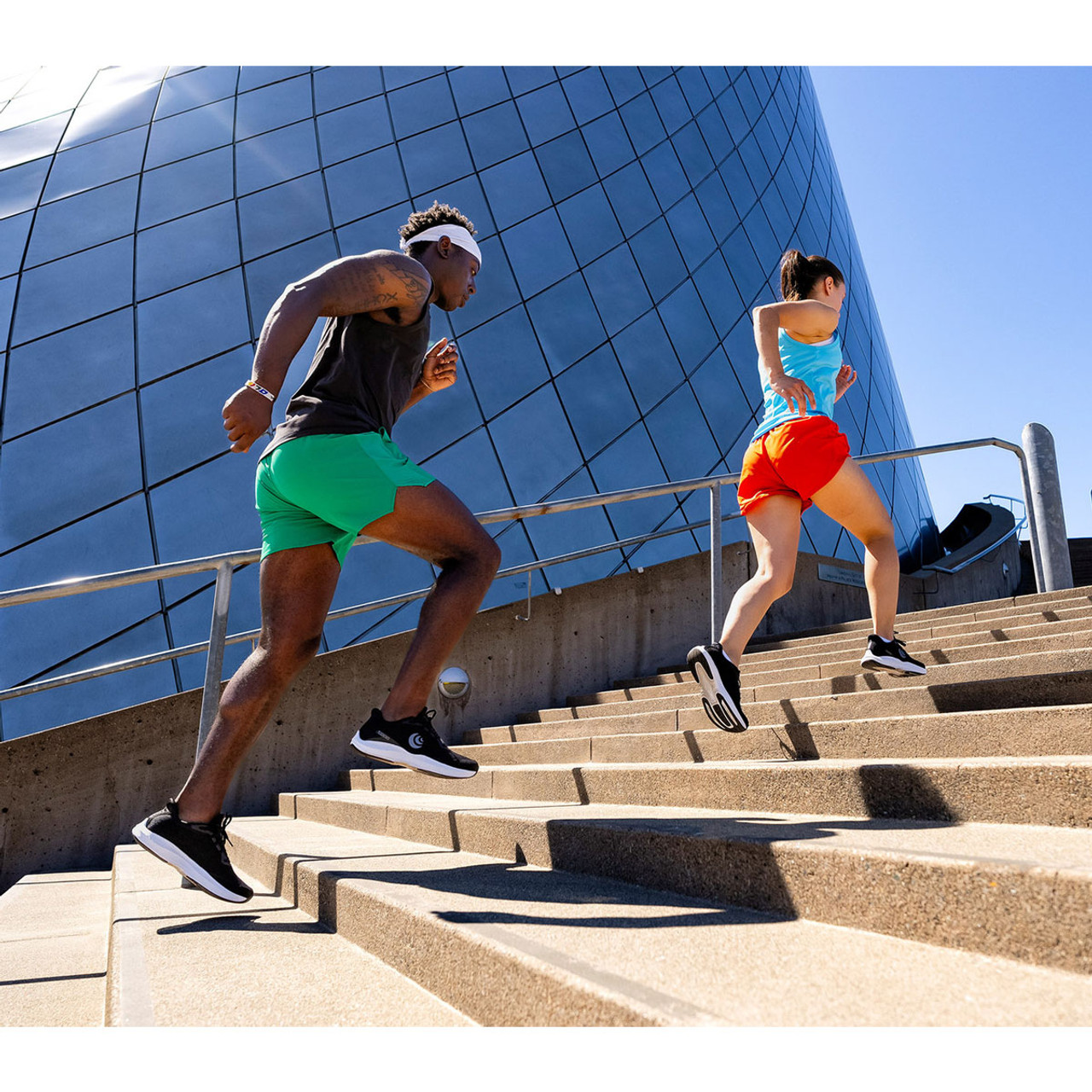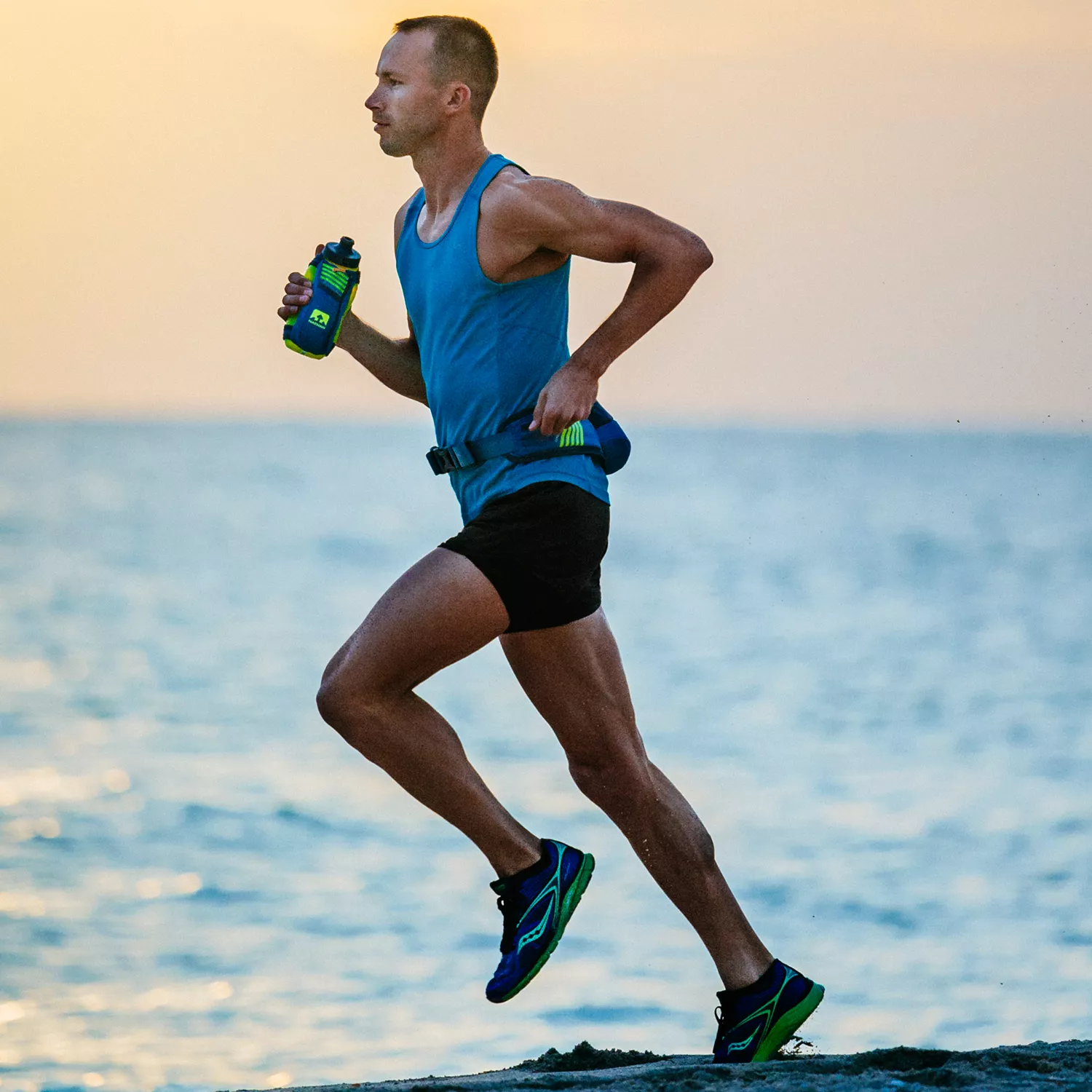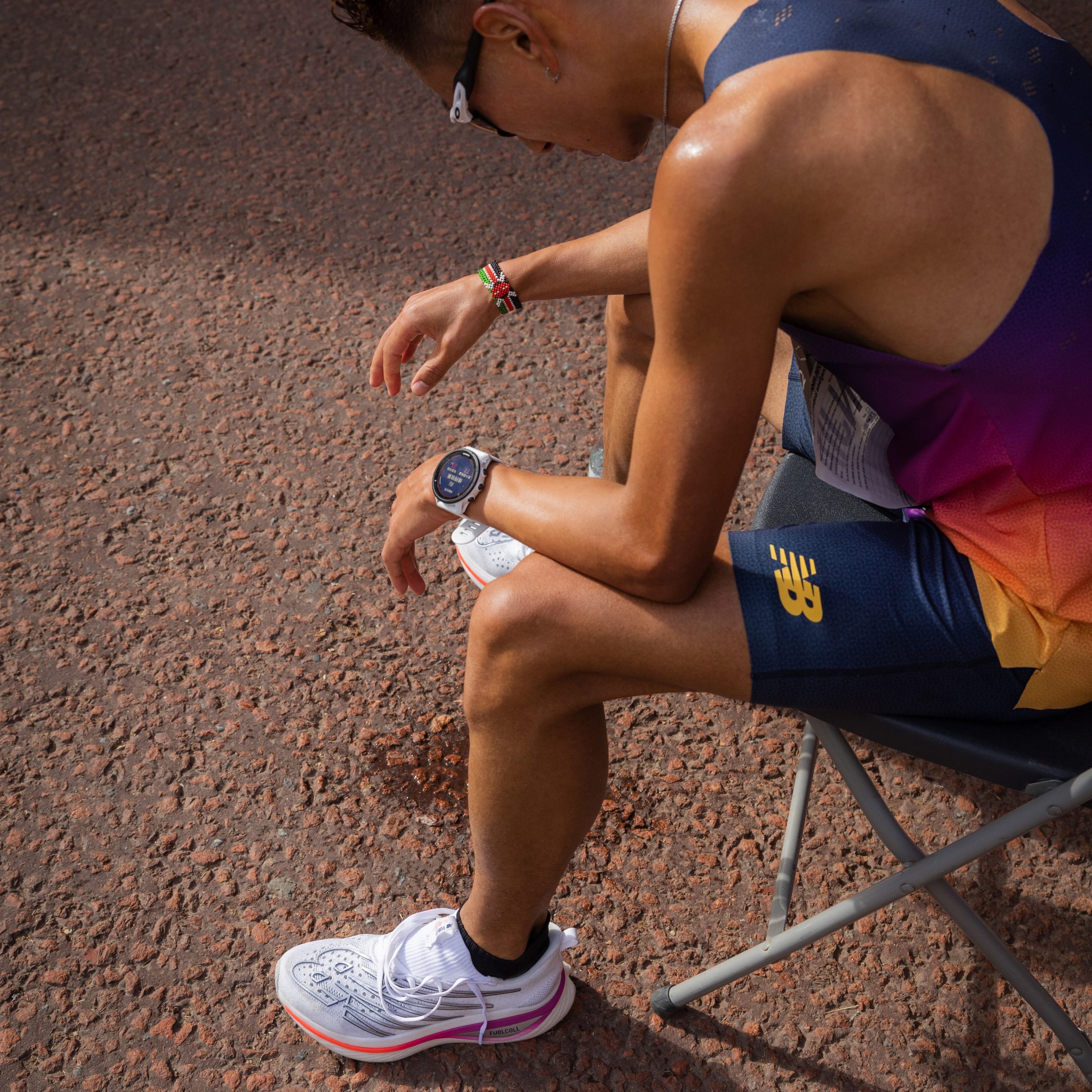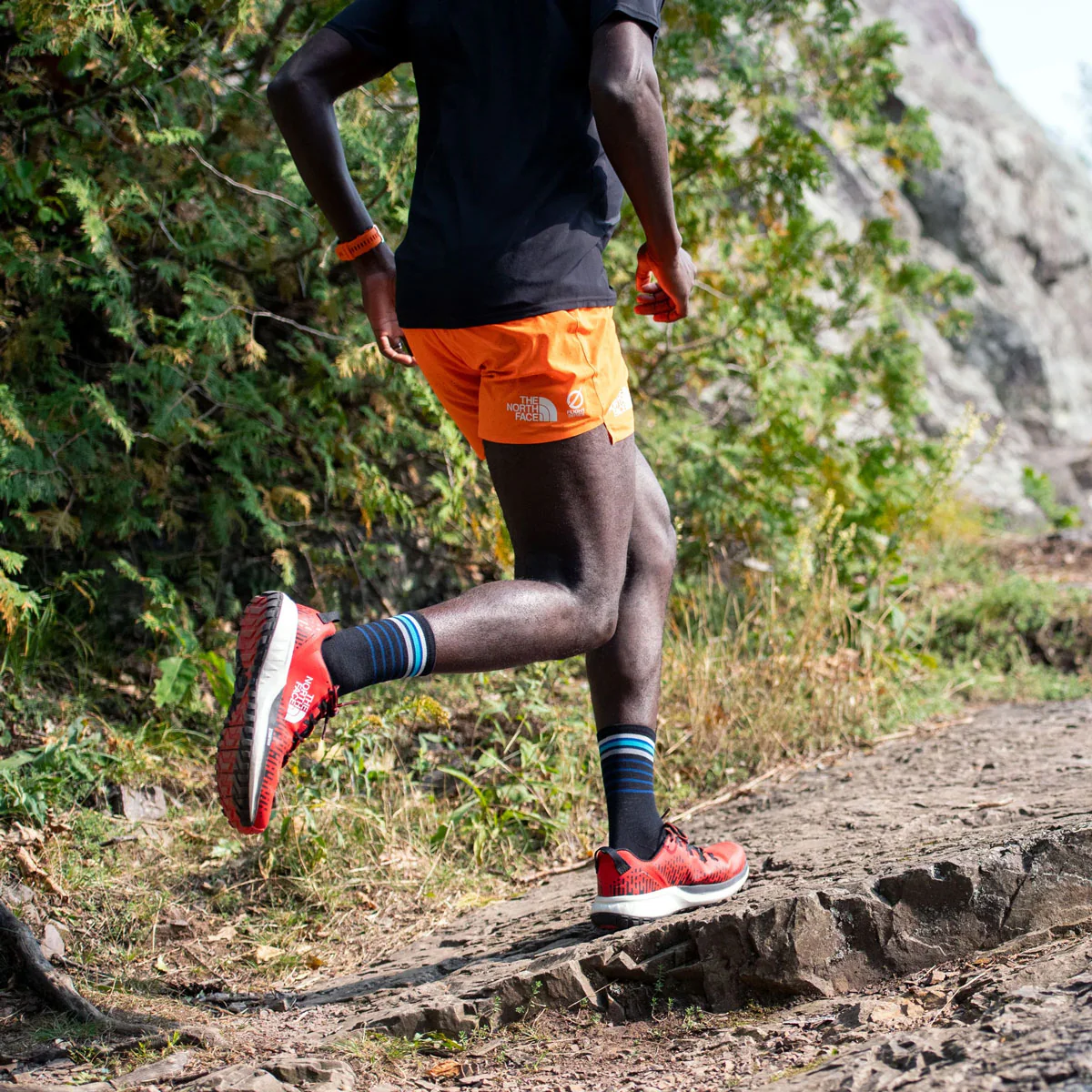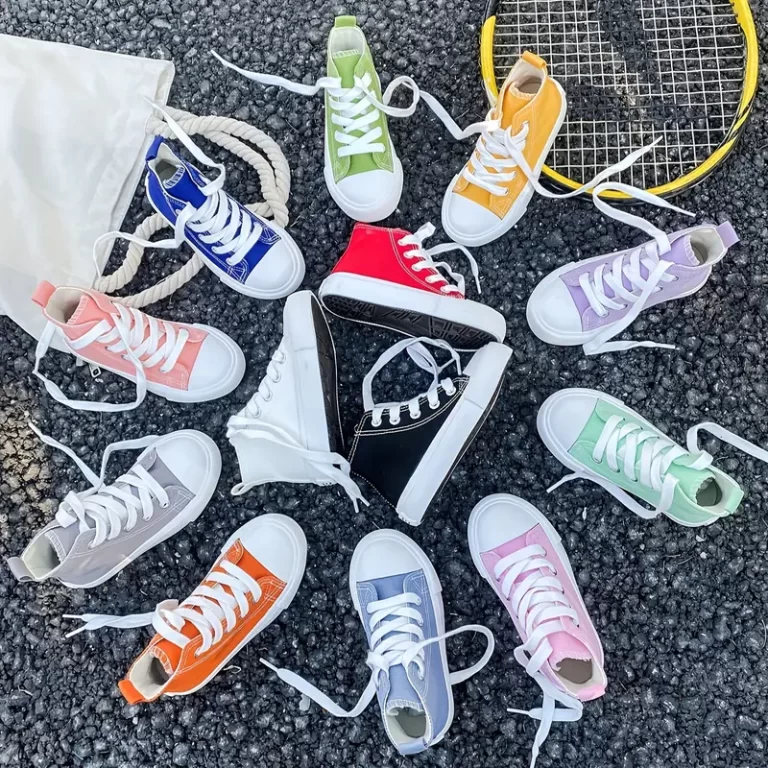
Running Shoes Sizing Guide: Getting the Perfect Fit
Key Factors in Selecting the Right Running Shoe Size
Selecting the right running shoe size is vital for comfort, performance, and injury prevention. When you take into account the various factors that contribute to a shoe’s fit, you can find a pair that supports your feet properly throughout your runs. Let’s explore some key elements that play a crucial role in choosing the correct size for your running shoes.
Before delving into styles and brands, the first step in finding the right running shoe size is measuring your feet accurately. Proper measuring is not only about the size on a chart; it’s about understanding the shape and dynamics of your feet, including length, width, and arch type. Always measure your feet while standing and with the socks you’ll run in, as suggested by podiatry and footwear professionals. Remember that running shoes typically run a half size larger than your usual shoes, so once you’ve figured out your true size, consider sizing up slightly to accommodate foot movement and swelling during runs.
Considering Foot Expansion during Runs
It’s essential to realize that your feet expand and swell when running due to increased blood flow and stress on your feet. This means that shoes which feel snug in the store may become tight and uncomfortable during a run. Dr. Canzanese, a renowned medical professional, emphasizes that a little extra space is necessary to account for this expansion. Hence, when trying on running shoes, it is recommended that there should be approximately a thumb’s width of space between your longest toe and the end of the shoe, ensuring they are not too tight during exercise.
The Role of Gait Analysis in Shoe Size
Your gait, or how you walk and run, significantly impacts the type of shoe you’ll need. A gait analysis can determine the level of support required in the midfoot of your running shoe by identifying your foot alignment and motion patterns. Podiatrists and specialty running stores often provide gait analysis services, which can suggest whether you need neutral, stability, or motion-control shoes. By selecting a shoe based on your unique gait, you can ensure that it provides the appropriate support, improves your running efficiency, and reduces the risk of injury.
Practical Steps for Finding Your Ideal Running Shoe Fit
Finding the perfect running shoe fit involves several steps, each designed to ensure that your footwear will support and enhance your running experience. It’s a mix between art and science, adjusting for comfort and function to prevent injury and maximize performance. Here’s a rundown on how to find the perfect fit for your new running shoes.
Determining your exact shoe size and width is fundamental to achieving the right fit. Start by visiting a shoe store specialized in running gear, where you can get your feet measured professionally. As per the advice of experts like Patrick Maloney, MD, and Alice Holland, DPT, remember to wear the type of socks you plan to run in. This will affect both the shoe’s width and length you need due to the thickness of the socks.
To find the correct length, ensure there’s a thumb’s width of space between your longest toe and the shoe’s end. When it comes to width, you should be able to pinch some material at the sides or top, signifying room for natural foot expansion during runs. Additionally, running shoe size typically runs a half size larger than your normal shoe size; hence, consider sizing up from your street shoes to allow for proper fit during physical activity.
Assessing Different Shoe Brands and Models
Once you have your size, it’s time to assess various brands and models. Different running shoe brands may fit differently, so it’s crucial to try a variety of them. Work with an experienced shoe professional to find a fit that accounts for your foot alignment and running habits. If specialist running shoe stores or sports podiatry offices offer gait analysis, take advantage of this service. This will inform you about the need for support in the midfoot of your running shoe and guide you towards the right category — neutral, stability, or motion control.
After narrowing down your choices, focus on comfort and responsiveness during a trial run in the shoes. Look out for the feel of the shoe’s heel drop and its impact on your running mechanics. Stay attentive to your stride and any potential hot spots where blisters might form.
Ensuring the Correct Fit through Trial Jogs
Once you’ve selected a few potential running shoes, take each pair for trial jogs or runs. This step is crucial, as it allows you to experience the shoes in action. During your jog, notice if your toes have enough room to spread out and if your heel feels secure with no slippage. Physical testers like Alice Holland advise running in the shoe to confirm that it doesn’t alter your foot to the extremes of supination or pronation. A good-fit shoe will feel like an extension of your foot without drawing your attention to discomfort, even at longer distances.
Remember, your running shoes should ‘disappear’ underfoot – if you notice them, they may not be the best fit. This real-world test is often the best indicator of whether your running shoes are the right choice. So, take your time, listen to your feet, and choose wisely for the many miles ahead.
Additional Considerations for Running Shoe Size
While focusing on size and fit is vital when selecting running shoes, there are a few additional aspects you shouldn’t neglect. Here are some often-overlooked factors that can significantly impact the comfort and functionality of your running shoes.
A properly sized toe box is crucial for preventing issues such as bunions, corns, and blisters. Your toes should have enough room to move and the toe box should allow for the natural spread of your toes without squeezing. The toe box design varies across different shoe brands and models, making it essential to select a pair with the right shape for your feet.
Equally important is the heel cup — the area that cradles your heel. A snug heel cup can prevent your foot from sliding out of the shoe, which can lead to blisters or even injury. Additionally, a well-fitted heel cup contributes to stabilizing your gait, which can improve your running efficiency. Be attentive to how your heel feels during those trial runs; it should be secure with little to no movement.
Handling Variability in Foot Size Over Time
Your feet can change size over time due to factors such as weight fluctuations, aging, and even the amount of regular exercise you engage in. Hence, it’s recommended to measure your feet periodically to ensure that you’re purchasing the correct size. Conditions like pregnancy can increase your foot size, and such changes may be permanent. Be mindful that the size of your feet in the morning can vary from their size in the evening due to natural swelling.
Tips for Lacing Techniques and Shoe Testing
How you lace your running shoes can alter fit and comfort. Techniques like the ‘heel lock’ can secure your heel more effectively and prevent your foot from sliding forward. When testing shoes, jog around inside the store or on a provided treadmill to get a genuine feel for the shoe fit.
Additionally, experimenting with different lacing styles can address unique fit issues. For instance, if you have high arches or wider feet, certain lacing methods can provide better support and reduce discomfort.
To summarize, when you consider not just the size and width, but also the design features like toe box and heel cup, the natural variability of your feet over time, and proper lacing techniques, you’re far more likely to find a running shoe that fits like a glove and supports your running goals. So take the time to assess these details as they can make a significant difference in your overall running experience.
Conclusion: Finding the Perfect Fit for Your Running Shoes
Choosing the right size running shoes significantly impacts comfort, performance, and injury prevention. Ill-fitting shoes can lead to blisters, numbness, and potential long-term foot problems. Proper sizing ensures optimal support and cushioning during runs of any distance. The right fit allows for natural foot movement and reduces the risk of running-related injuries. Runners should prioritize finding the correct size to enhance their overall running experience.
Remember that feet tend to swell during runs, requiring extra space in shoes. Allow for a thumb’s width of space between the longest toe and shoe’s end. Consider the width of the shoe to accommodate the natural spread of your feet. Different brands and models may fit differently, so try various options. Pay attention to any pressure points or discomfort during the fitting process. Don’t hesitate to size up if it means achieving a more comfortable fit.
